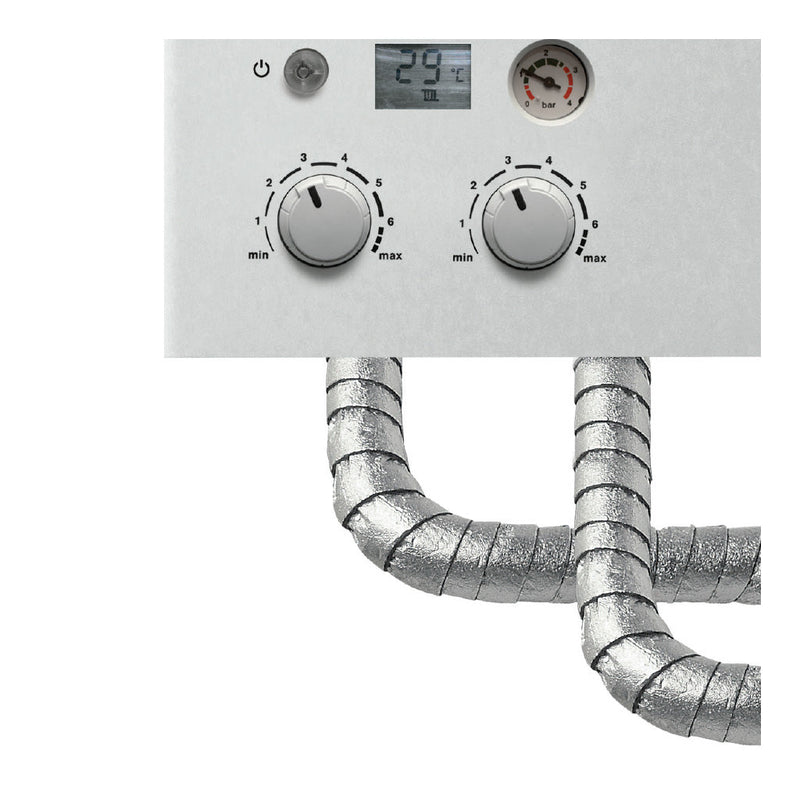Electrical waterproof gel is designed for insulating & sealing inside electrical junction boxes. This serves the purpose of protecting from the ingress of liquids & solids. The Magic Power Gel, for example provides IP68 gel protection. IP means ingress protection. Electrical waterproof gels are also called junction box gels or electrical insulating gels. This blog post provides an in-depth review of the electrical insulating gel offered by your local electrical insulation supplier.
Junction Box Gel
Junction box gel, also known as electrical insulating gel, is used for protecting the connections inside an electrical junction box. Liquid entering an electrical junction box tends to trigger a short circuit. This can potentially damage the cable, and the equipment, trigger an electrical shock hazard or cause a fire. Electrical sealing gel helps prevent water, liquids and solids from entering the electrical connections inside the box.
The electrical junction box gel is highly useful in conditions where there is a chance of water entering the box. If an electrical junction box is set up outdoors, there is a good chance of water reaching the box.
Magic Power Gel
This bi-component gel offered by your electrical insulation supplier is contained in a single bottle, and comes with superior dielectric, sealing and thermal characteristics, is re-enterable and re-usable!
- Extremely sticky
- Strong self-assimilation properties
- Single compact bottle with a handy twin compartment
- Re-usable as well as re-enterable, even after long working periods
- It doesn’t leave behind any waste
- Non-toxic and safe
Chief Characteristics of Electrical Insulating Gel
- Raytech Wonder Gel is basically an insulating gel
- Designed typically for electrical applications
- Helps protect against moisture and environmental contaminants
- Easy to use and apply
- Found to provide the most secure seal for electrical connections
- Best suitable for a wide range of temperatures
Protecting the user from harmful levels of energy is typically done by insulating the live components properly. How this is achieved and to what level will define what class of insulation the unit will have. Here is a detailed review of the different types of insulation.
There are five different categories of insulation used by the different classes of equipment like: functional, basic, supplementary, double and reinforced:
Functional Insulation – Basic level of insulation that’s required for the supply to keep functioning. This will not prevent electric shock if touched.
Basic Insulation – Offers the user a single and basic protection from electric shock.
Supplementary Insulation – Just as basic insulation, should withstand 1.5KVAC (2.1KVDC).
Double Insulation – Makes use of both basic and supplementary isolation in a combination to provide redundancy. In case the basic fails, the supplementary still protects the user.
Reinforced Insulation – A single layer that performs in a similar way as double insulation.
The Final Words
Insulation may be in the form of creepage and clearance distances in contrast to an applied material or coating. Creepage is the distance measured along a surface, for instance between two traces on a printed wiring board. Or across the said surface of an optoisolator. Clearance is the shortest distance via air (straight line), for instance from the pin-to-pin of a connector. The creepage and clearance distances differ based on the working voltage, pollution degree and the material group (“proof tracking index”) which you are measuring across.



